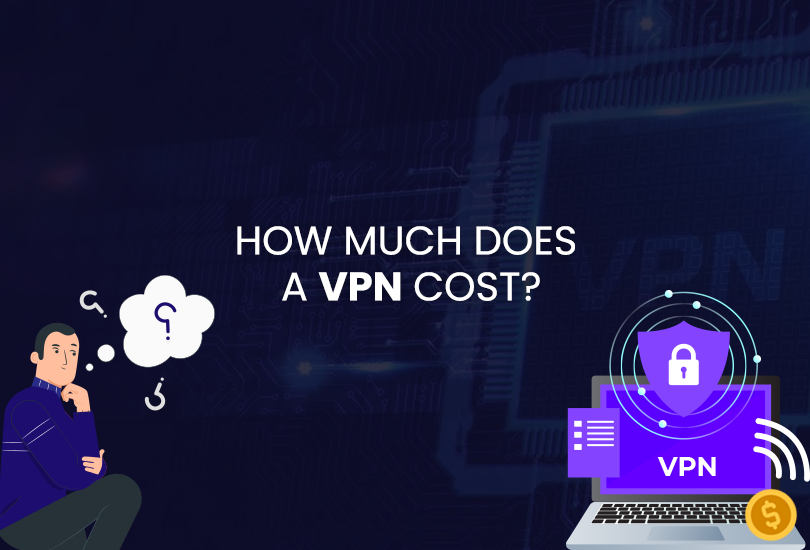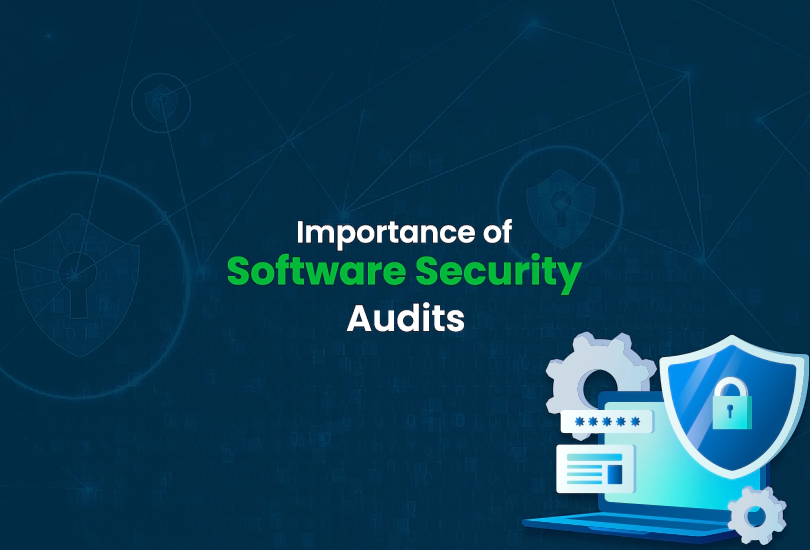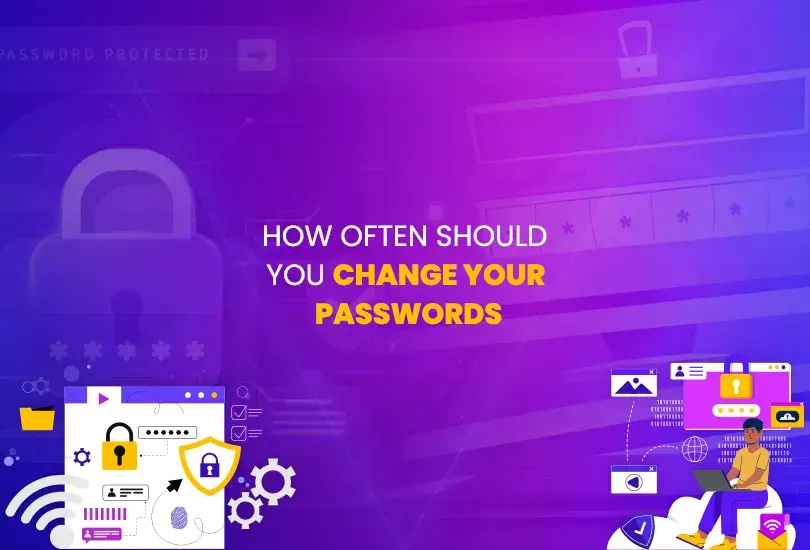Consumer purchasing habits have become more inclined towards card transactions. Using digital payment methods has become more and more commonplace as adoption picks up pace around the world. A number of core technologies are behind this surge in cashless payment methods. In this blog, we’re going to focus on NFC, how its adoption has led to parallel fraud systems cropping up, and what you can do to protect yourself from them.
What is NFC Technology?
NFC is a short-term for Near Field Communication, and it’s gaining popularity due to its convenient payment methods. NFCs allow two devices in close proximity to transmit payment information and process transactions.
However, NFC technology has made our lives easier and more convenient, enabling seamless data exchange between two devices that are typically within a 4cm range of each other or less. Many of us are already aware of using NFC technology through payment systems like Apple Pay or Google Pay. Modern smartphones also come NFC-ready.
Although the NFC technology is convenient and reliable, some cyber vulnerabilities require prevention measures to protect against them. Every technology comes with potential risks, and so does NFC technology. We will explore the risks associated with NFC technology and strategies to safeguard against cyber vulnerabilities.
Security Concerns Associated with NFC Technology
Cybercriminals are always aware of exploiting every technology. Hackers or criminals exploit NFC to hack your device or other fraudulent activities. Here are four types of risks associated with NFC technology:
1. Data Tampering
During NFC transactions, hackers may manipulate the exchange of data, which is usually known as data tampering. Using NFCs is a great way to make contactless payments, and your can data can be tempered during transactions.
However, data tampering during NFCs can give hackers unauthorized access to your financial information. Using unsafe NFC devices can create critical challenges and enhance the risk of data breaches and identity theft. Hackers can use your information for malicious information or modify your personal details to damage your reputation.
2. Eavesdropping
Eavesdropping is another type of data interception that can compromise your sensitive information. Hackers or cyber criminals listen to or record communication between two NFC-enabled devices during NFC transactions. The primary purpose of this activity is to corrupt your exchanged information to damage crucial information.
During an NFC transaction, we usually exchange a lot of our sensitive data, like credit card numbers and phone numbers, during payment transactions. Criminals can record your information without the knowledge of the involved parties. However, NFC users need to make sure the device is secure.
3. Relay Attack
A relay attack, also known as the Man-in-the-Middle Attack, is another popular hacking technique in today’s interconnected world. In relay attacks, the cybercriminals steal NFC communications between the parties and relay the data to another device.
Your sensitive information is sent directly to another device, and that tracked information and data can be used in any malicious activity. However, your sensitive data is not usually manipulated or viewed in relay attacks but only transfers data to other devices.
4. Social Engineering
Another rising cyber threat is social engineering, where hackers act as legitimate service providers and try to make unauthorized transactions. In social engineering, the bad actors usually manipulate people through social interactions to perform fraudulent actions.
In addition, social engineering is a popular malicious attack similar to phishing, in which criminals deceive people into providing their personal details. So, many skilled scammers use NFC for social engineering attacks and connect your devices to malicious NFC tags.
Due to the rapid increase in cyber vulnerability risks, it has become highly essential for enhancing NFC security. Let’s discuss how you can protect yourself against cyber vulnerabilities.
Tips for Mitigating NFC Cyber Vulnerabilities
The NFC risks can be daunting to your data privacy, so let’s find out some practical ways to guard against cyber vulnerabilities. Remember, it is always better to prevent than to cure. Here are six aspects to focus on when addressing NFC-related vulnerabilities:
1. Strong Authentication
Using robust authentication methods while doing NFC transactions is the primary way to mitigate privacy risks. Always verify the authenticity of the devices before attempting any NFC transactions. If you don’t verify the device prior to the transaction, you may become a victim of cyber vulnerabilities.
However, strong authentication protocols ensure that only authorized users can access or use NFC devices. Secure your communication channels by utilizing cryptographic protocols to safeguard against unauthorized access.
2. Avoid Unsecure NFC Devices
Before using NFC devices, make sure the device is safe. Using trusted and secure devices protects you against potential risks of cyber threats. However, if the device you are making transactions with is not secure, this may lead you to cyber attacks or data tampering.
Hence, using trusted devices you are familiar with is advisable to mitigate the potential privacy risks. Using NFC technology is convenient, but it is always better to take prevention measures to avoid any future challenges. Hence, using secured devices is the key to your security.
An advantage of using a service like OysterVPN is that you can add 10+ devices to one account to make them all NFC secure as applicable. Furthermore, you can run OysterVPN on 5 devices simultaneously so you don’t have to log out as you switch between devices.
3. Sharing Sensitive Information
Sharing your personal everywhere can be challenging for your online reputation and data security. It is essential to be cautious while sharing your details. However, while using NFC, be mindful of the sensitive information you are sharing.
During NFC transactions, you are only required to share your personal details like credit card number and name, and sometimes CVV. Avoid sharing any other information that you think is unnecessary for transactions. If your NFC device asks for some further information about you, the device may be a victim of Eavesdropping.
4. Regular Software Updates
It is always better to stay up-to-date with your software updates, especially with security updates. Do you know why it is essential to update your software regularly? Because the software updates often come with security patches that fix the system’s vulnerabilities.
Therefore, ensure that the NFC-enabled devices receive timely security updates to avoid potential privacy risks. These updates are for improving your data security. The NFC manufacturers should provide easy security patch updates to their users. Hence, one way to protect against security threats and vulnerabilities.
5. Secure Element Integration
Integrating secure elements provides an extra layer of security to prevent unauthorized access and data tampering. Some of the top components are Trusted execution environments (TEEs), Secure Elements (SEs), and Hardware Security Modules (HSMs), which help store critical data as cryptographic keys.
However, the cryptographic keys ensure that the encrypted data is only accessible to one who has the right key to decrypt it. Hence, encrypting your data with secure elements turns your plaintext to cyphertext to make it unreadable. So, securely store or process sensitive information by integrating secure elements.
6. Data Encryption
Encrypting your data is the ideal way to secure your information from hacking and tampering. It is one of the safest privacy measures to use as a prevention against cyber vulnerabilities. So, to ensure your security, use strong encryption protocols to protect data during NFC transactions.
Strong encryption protocols encrypt your data into an unreadable form, making it difficult for cybercriminals and hackers to recognize. However, even if your data is intercepted, it remains unreadable to hackers and malicious actors.
Encryption is your best defense against cyber vulnerabilities. In fact, encrypting your sensitive data for everyday internet browsing is a good practice. Using a secure VPN connection like OysterVPN can solve the alarming risks of cyber vulnerabilities. OysterVPN has 269+ servers through which users can transmit encrypted data over the internet.
Final Thoughts
NFC technology is popular and very convenient due to contactless transactions. However, nothing is safe from cyber threats and vulnerabilities. It is essential to guard yourself against potential risks with strong authentication data encryption and many other ways.
For encryption of your data against malicious activities, get an OysterVPN subscription for secure NFC transactions. Read out the above ways to protect cyber vulnerabilities. Increase your digital vigilance and make secure transactions.







